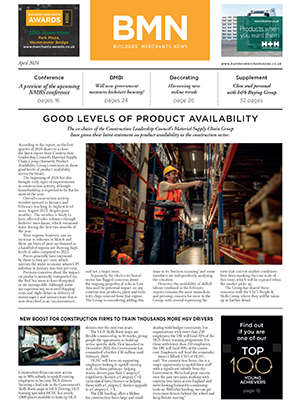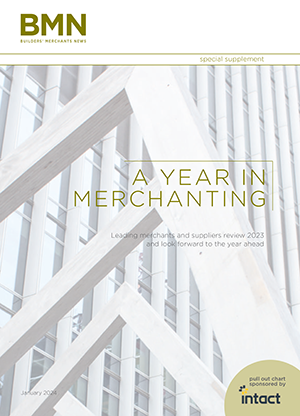UK: Confusion is rife among specifiers concerning the properties of 'exterior grade' plywood, and TRADA has released a statement to clarify the situation and outline improvement actions that are under way.
Most confusion arises from a misinterpretation of BS EN 636:2003 Plywood - Specifications, which classifies plywood for use in dry conditions (EN 636-1), humid conditions (EN 636-2) and exterior conditions (EN 636-3).
Here, “exterior conditions” corresponds to external weathering which can be expected to include periods of persistent wetting. It appears that some specifiers wrongly assume that plywood specified or labelled as “EN636-3” is suitable for external use without any further protection. However, the standard refers mainly to the quality of the glue bonds.
It indicates these are likely to perform satisfactorily if exposed to long-term wetting out of doors. The method used to assess glue bond quality is similar to the older “WBP” test that is still commonly referred to in the construction industry, although this term is no longer embodied in a current British (European) standard.
The current BS EN 636 does not include a specific minimum durability against decay for the wood used in the manufacture of plywood. Since sapwood cannot usually be easily excluded from plywoods of this type, TRADA considers that all plies should be assumed to be 'not durable'.
For guidance on durability both BS EN 636 and Eurocode 5 refer to BS EN 335-3:1996 - hazard classes of wood and wood-based products against biological attack. Application to wood-based panels and DD CEN/TS 1099:2007 Plywood. Biological durability. Guidance for the assessment of plywood for use in different use classes. These standards advise taking account of factors such as the natural durability of the species, the degree of exposure, protection and maintenance, ease of replacement and desired service life. Since the plywood manufacturer is unlikely to be aware of the eventual end use, the onus rests on the specifier to consider these and determine whether or not the product has sufficient durability for a specific application.
TRADA, in line with the above guidance, emphasises that for some applications it will be necessary to treat exterior plywood, including those meeting the EN 636-3 specification, with preservative, prior to use, in order to avoid premature failure.
Nevertheless, most of the exterior quality plywood used in construction is in situations that are generally dry with only occasional wetting during the construction process or in service, for example most internal flooring, wall and roof sheathing applications. This is a Service class 2 situation for which an EN 636-2 plywood would be appropriate and for such applications wood durability is of less importance. Plywoods using wood veneers classified as 'not durable' have been used in these situations for more than 50 years in the UK without problems.
A plywood manufacturer is not required to provide the durability class of the wood used to manufacture plies as part of the CE mark, although it may be given in the description or the accompanying documents. In contrast, BM TRADA’s plywood Q-Mark scheme addresses this issue by making declaration of wood species and durability a mandatory part of the panel label. Where the Q-Mark indicates that the wood used is “not durable” (ie Durability class 5) then this will normally require treatment by the end user where the wood is exposed to Service class 3 situations.
In order to clarify the situation, BS EN 636 and BS EN 13986:2004 Wood-based panels for use in construction. Characteristics, evaluation of conformity and marking are under review. TRADA expects the revised BS EN 13986 to put more responsibility on the plywood manufacturer but without giving specific minimum criteria. TRADA has therefore drafted revised text and submitted this for consideration by the technical committee dealing with EN 636 to set a minimum durability rating for species to be used in Exterior conditions. This rating may be achieved either through the natural durability of the wood species used or by preservative treatment.
For further advice or guidance regarding specification contact Dr Vic Kearley on 01494 569600 or vkearley@trada.co.uk.






